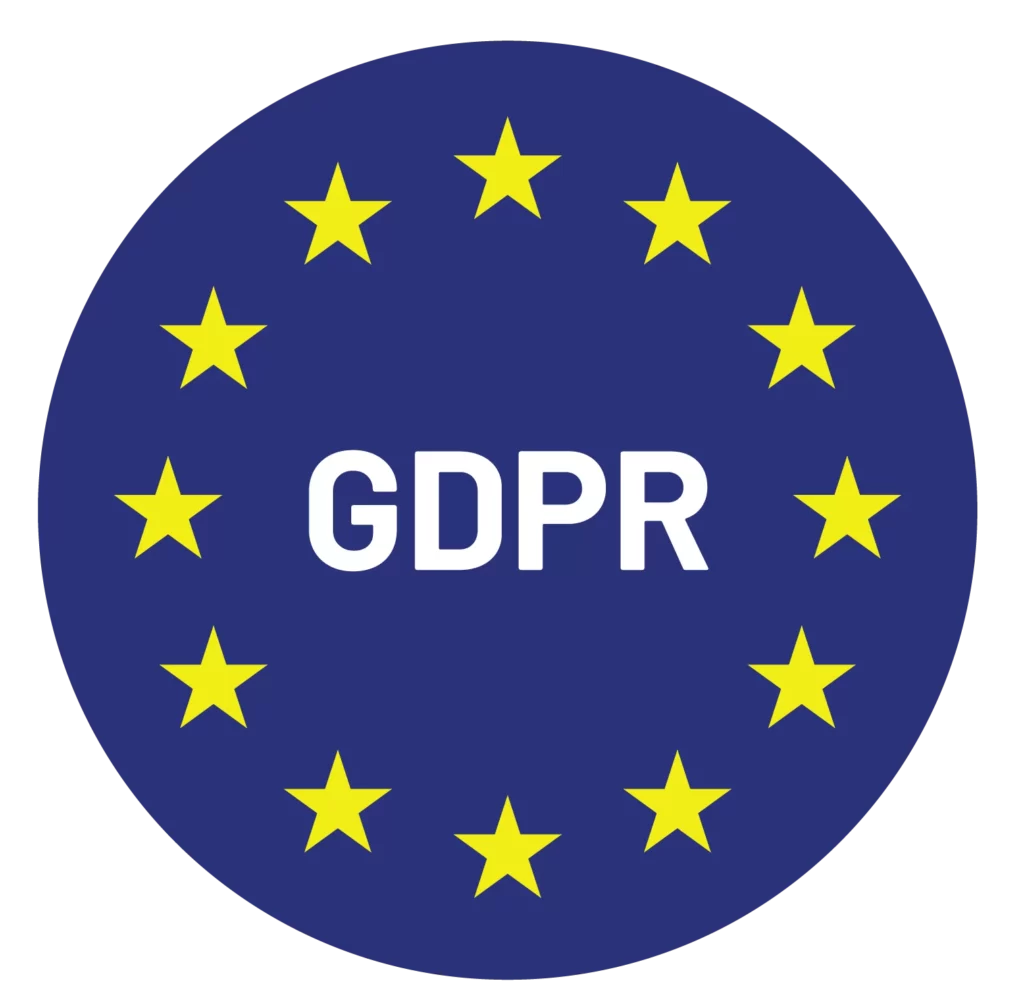Before email marketing, we had good old mail – brochures, coupons, and promotional leaflets tossed in with a newspaper or popped into mailboxes. It’s always worked to grab eyeballs, and when done well, it’s worked to bring in clients. Now, since the advent of the dot com, email marketing has made its strength and significance more apparent.
As a coach, does it feel too salesy and pushy to you? We’re here to show you how to chart out an effective email marketing campaign strategy and grow your company without having to “sell” your services like a consumer company running a promotion.
These 5 strategies will show you how to ace email marketing for coaches and bring in more business:
1. Offer a lead magnet of value to your target audience
This one is a lead generation strategy that requires email and a website. A lead magnet is a resource of value that you offer your website visitors in exchange for their email ID/lead details.
Think of a big problem or dilemma that your target audience has and create a resource that a prospect will happily trade their email ID for. A lead magnet can come in various shapes and sizes. It can be as compact as a one-page pdf worksheet or a checklist to a 50-page case study or a guide. If you want something more fun or interactive, you can even have a landing page with a fun quiz relevant to your audience!
Once you’ve created your free lead magnet, place a CTA (Call to Action) at several different touchpoints on your website to lead them to that lead magnet. At the same time, you can let your followers on social media channels know about the same and encourage them to download it.
2. Create different audience segments and customize content
Segmentation is one of the crucial parts of your email marketing strategies. Segmenting means breaking up your main master list into smaller groups. Segmenting your audience allows you to deliver more targeted content in your audience’s inbox. A common way most marketers segment their email lists is by buyer journey; the content sent to some who has just enquired about your services would ideally be different from the content being sent to someone who has already done one coaching program with you in the past.
Apart from buyer journey and purchase history, you can also segment your list by geographical location or demographics as well and customize the messaging to suit the audience.
3. Create campaign-specific automated email sequences
An email sequence is basically a series of emails a subscriber receives at steady intervals to keep them engaged and keep you top of mind. Essentially, once someone shares their email ID with you, you must have a sequence of emails in place that subtly encourage them toward becoming a client/a repeat client/a brand loyalist.
Another smart way of creating email nurture sequence is by campaign – newsletter campaigns, seasonal campaigns, re-engagement campaigns, course campaigns, welcome campaign, etc.
Here’s an example of how a welcome campaign can look like, and how it can drive actual business:
- 1st email – Send them a warm welcome
- 2nd email – Introduce them to your brand and values
- 3rd email – Share announcements and milestones
- 4th email – Build brand awareness through educational content
- 5th email – Talk about an upcoming program and offer a discount code
- 6th email – Build urgency for signing up for that program
Here’s an example of a marketing upselling campaign email sequence:

Having multiple sequences ready helps engage with all members of the audience in appropriate ways that helps your coaching business in the long run.
4. Set up referral-based lead generation on autopilot
While gathering new leads with the help of social media and your website is a pretty solid marketing strategy, using email marketing to gain referrals as a form of lead generation is a big step up that not enough marketers leverage. Creating an email sequence for referral generation allows you to spend minimal effort in client acquisition and instead, lets your existing clients do the work for you (in good faith, of course).
With the use of this tool, you can create and communicate a system that makes it irresistible for your customers to provide referrals into your business. Using a sequence similar to the one for marketing upselling above, you can ask your clients/customers to connect you with 5 people in their network who could benefit from your services, in exchange for incentive (such as a discount on your next program). This is a rather strong and effective form of marketing that works on the premise that people are a lot keener to listen to and take seriously the recommendation of people they know as opposed to faceless names on the internet.
5. Have a CTA in each email
To get your audience to interact with your emails in a way that helps with conversion, having a CTA (Call to Action) is vital. Ensure you keep your messaging crisp and clear – this allows people to take intentional action. The person behind the screen reading the email has limited time and attention span; making your communication direct and to the point increases their likelihood of them following through with it. So, if you want them to book a discovery call, then have a button or a hyperlink that says “Book a discovery call”. If you want them to buy your course, then say “Buy my course for $XX”, instead of something like “Read more”, which is vague.
We hope these pointers helped you gain some information on how to make use of email marketing for coaches to grow your business! We have plenty of other resources to help you up your coaching game as well as scale your coaching business. Feel free to explore our content library!
FAQs
1. Do coaches need email marketing?
Anyone with a legitimate business whose target audience has an email id need email marketing strategies – so yes, coaches need and can really benefit from email marketing. At a time when there’s large-scale fatigue with the use of using social media platforms like Instagram, TikTok, YouTube…marketing to prospects on these platforms keeps getting increasingly harder. Email marketing stands apart from these platforms as it allows for a business to land right into its prospects’ inbox for targeted marketing, instead of getting lost in the sea of posts and advertisements on social media.
2. How do coaches attract clients?
Coaches can attract clients for their business by creating relevant content for their target audience, marketing their offers, and staying top of mind. This is the basic formula for marketing that coaches can make use of. This can be modified as per the medium (Instagram, Facebook, YouTube, Twitter, etc.). With consistent and intentional efforts, all these platforms can be made use of to attract new clients into coaching businesses.
About Simply.Coach
Simply.Coach is an enterprise-grade coaching software designed to be used by individual coaches and coaching businesses. Trusted by ICF-accredited and EMCC-credentialed coaches worldwide, Simply.Coach is on a mission to elevate the experience and process of coaching with technology-led tools and solutions.
Read More:
The Future of Coaching – Why Automation Is the Next Big Thing in Coaching
7 Ways Technology Helps You Run Your Coaching Business Efficiently
5 Coaches Weigh In: The Trends That Ruled the Coaching Industry in 2022
Scaling Your Coaching Business – Watch Out for These 5 Technology Trends in 2023
How to Get Coaching Clients from Your Blog [5 Simple Tips That Work]
15 Life Coaches to Follow on YouTube and Get Inspired By
How to Get Coaching Clients on LinkedIn
The What, Why & How of Leveraging LinkedIn as an Independent Coach
Blogging for Coaches – Why You Should Definitely Start One for Your Personal Coaching Business

Content Marketing Manager @Simply.Coach
Ipsita Nayak is a full-time writer-editor-content strategist and a part-time NLP coach & yoga teacher. She believes conventions are overrated, has a disproportionate need for solo time over social time, and loves a good mix of sci-fi and trashy TV in her free time!









